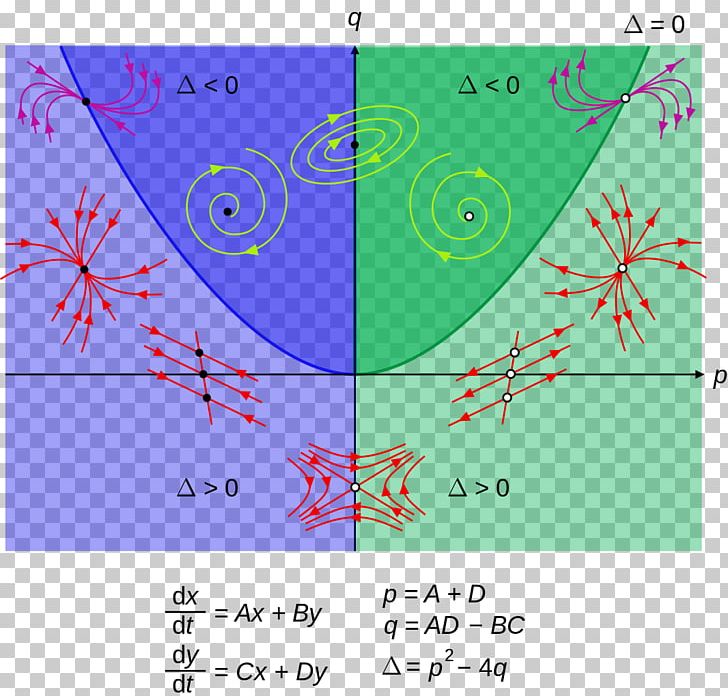

In this work, a data-driven methodology is employed first to create a good approximate surrogate model for large-scale steady-state systems. Hence, in terms of computational cost, detailed models of large-scale problems are very hard or even impossible to deal with. Such deterministic global optimisation methods are usually computationally intensive due to the repeated utilisation of branch-and-bound algorithms. The aim of this work is to construct deterministic global optimisation methods for large-scale input/output simulators. With a small set of input-output data from the simulator, matrix-free reduced Jacobian and Hessian matrix techniques can be employed. Recently, equation-free based reduced SQP algorithms have been exploited for large-scale local optimisation with black-box steady-state simulators ( Bonis and Theodoropoulos, 2012). One of the most effective techniques to reduce computational costs for input/output systems is the use of equation-free methods ( Theodoropoulos, 2011). Even if the high dimensional complex model codes are available, the cost of computing derivatives is often unacceptable. Hence, the optimisation of real complex systems is problematic. However, many simulators solely provide input-output results of simulation process and can not perform optimisation tasks. PDE-constrained black/grey box modelling and optimisation methodologies have wide applicability in industrial engineering areas where many finite approximation-based generic commercial simulatorsor input-output data from real complex systems are available ( Boukouvala et al., 2017). Constantinos Theodoropoulos, in Computer Aided Chemical Engineering, 2019 1 Introduction This will be negative and we're done.Min Tao. But why is bigger than three? So why is positive? Three minus y is negative. So why's overall positive here? Why is overall positive again? And here, Wise Overall. But why is positive in three Minus? Why is positive. Right? So anyway, X is the same exes going left here.

So these should actually all be pointing down. So you should all actually, why is negative and three minus y is positive. Um, we know that X will be negative, but why is going to be positive? And oh, I'm sorry. Why stays the same going up positive, but excess positive and two minus X is negative. What has changed? Why remains the same, So why will be going up? But X X is positive and two minus X is positive. And then in terms of y prime, why is negative and three minus wise? Positive. And for why? Why is negative? So what? What three minus y Will also will be positive. So this is going to have a positive X direction. We have that X is less than well X is negative, so X is negative and two minus. So let's start with this bottom left hand corner. When X is zero, why is three and one x equals two? Why equals three? And now let's figure out where the emotion how the direction of motion for each of these, um, area. Which is when x is zero y zero when x is to y zero. So we yet to where we get four points of equilibrium. For why when x zero our time when y zero along the x axis and one y equals three. Dotted Line on the y axis or when to minus X equals zero, which means that two equals x. So we should, uh, dotted line on the ECG. So let's get our X y plane So ex prime will have a no Klein if x zero. So we're going to represent the no Klein's of acts with dotted lines and the no claims of why with it's straight lines. Ex Prime Whose ex to minus x x times two minus X and Why prime Equals Why three minus y. We have the system of differential equations.


 0 kommentar(er)
0 kommentar(er)
